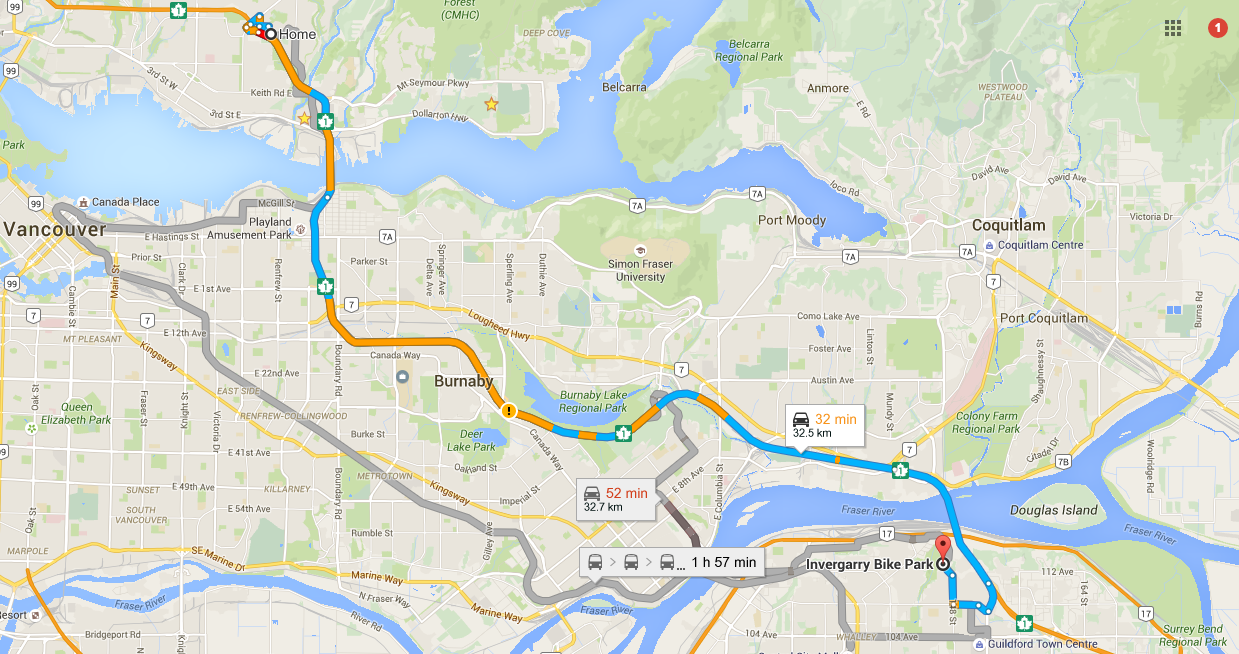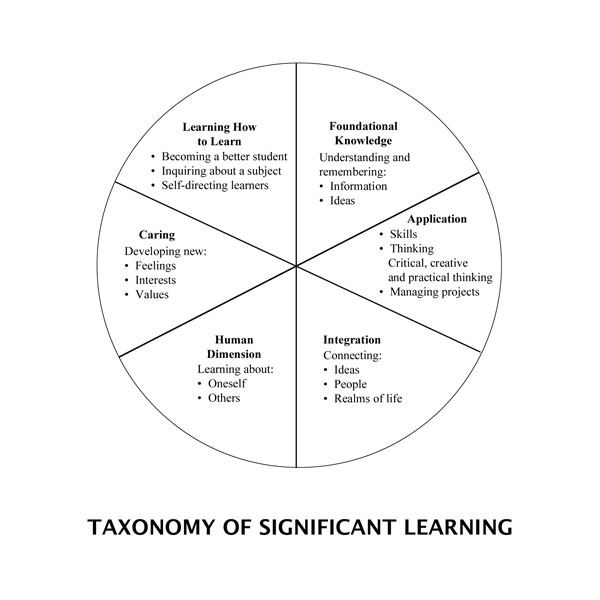New Culture of Learning
Daniel Elizondo
https://sites.google.com/view/delizondoportfolio/projects/csle
Natalie Smith
https://growingmyclassroom.com/constructing-meaningful-connections/
AnnaLeigh Herrin
https://annaleighherrin.com/significant-learning-environments/
Sherri Ramirez
https://sites.google.com/view/turnthetablesonlearning/innovation-plan/significant-learning-environments
Jessica Hudnall
https://respiratorytherapisteducator.com/creating-significant-learning-environments/
Michael Yakubovsky
https://stemtoolkit.weebly.com/creating-significant-learning-environments/creating-a-significant-learning-environment
Jerry Yamashita
http://jerryyamashita.com/a-new-culture-of-learning.html
Caleigh Heenan
https://onedisruptiveeducator.com/2018/08/29/creating-a-significant-learning-environment/
Brooke Josephs
https://bjosephs6.wixsite.com/teachingincolor/project08
Peggy Cayton
https://www.smore.com/bf2zt
Carl Mohn
https://carlmohn.wordpress.com/2017/11/26/significant-learning-environments/
Shannon Suda
https://www.canva.com/ssuda4
Casey Davis
https://sonoeducator.wordpress.com/2017/09/09/creating-significant-learning-environments/
Keith Haynes
https://www.keiththeteacher.org/learning-environments/
Jamie Pope
https://learninganewway.wordpress.com/category/creating-significant-learning-environments/
Megon Smith
http://freedateach.com/2017/06/12/creating-significant-learning-environments/
Bridget Gallagher
http://www.bridgetsgallagher.com/significant-learning-environments.html
Angela Synder
https://edtechsnyder.wordpress.com/2016/11/29/creating-significant-learning-environments/
Cynthia Schroeder
http://www.cyndyschroeder.com/at-the-crossroads-a-new-culture-of-learning/
Amy Atchison
http://amyatchison.wixsite.com/eportfolio/single-post/2016/11/20/A-New-Culture-of-Learning
Chelsea Hoke
https://chelseahoke.wordpress.com/2016/08/28/significant-learning-environments/
Judy Cornelius
https://reallearning4kids.com/portfolio/holistic-learning-in-foreign-language-classes/
Chad Flexon
http://www.cflexon.com/?p=670
Rhoda Hahn
http://mrshahndaydreams.blogspot.ca/2016/03/a-new-culture-of-learning.html
Learning Philosophy
Annaleigh Herrin
https://annaleighherrin.com/my-learning-philosophy/
Natalie Smith
https://growingmyclassroom.com/my-learning-philosophy-2/
Michael Yakubovsky
https://stemtoolkit.weebly.com/creating-significant-learning-environments/my-learning-philosophy
Kristen Davenport
http://www.kristendavenport.net/blog/learning-philosophy
Brooke Josephs
https://bjosephs6.wixsite.com/teachingincolor/project08
Kris Bumsted
https://questofkris.com/2017/12/03/i-never-knew/
Laura Schilly
https://schillysite.wordpress.com/learning-philosophy/
Elizabeth Garcia
http://learningwithgarcia.weebly.com/blog/personal-journey-through-learning-theories
Megon Smith
http://freedateach.com/2017/06/18/the-evolution-of-a-learning-philosophy/
Stacey Clark
http://www.staceyclarkdllportfolio.com/dll—5313.html
Rebecca Recco
http://www.departure.tech/2017/03/22/my-constructivist-art-class/
Ernesto Herrera
http://www.frankoineducation.website/learning-philosophy/
Jason Kern
http://jasonmkern.com/investigating-learning-theories/
Angela Snyder
https://edtechsnyder.wordpress.com/2016/12/13/whose-learning-philosophy-mine/
Chelsea Hoke
https://chelseahoke.wordpress.com/2016/09/05/learning-philosophy/
Chad Flexon
http://www.cflexon.com/?p=693
Rhoda Hahn
http://mrshahndaydreams.blogspot.ca/2016/03/my-learning-theory.html
BHAG & 3 Column Table
Michael Yakubovsky
https://stemtoolkit.weebly.com/3-column-table.html
Caleigh Heenan
https://onedisruptiveeducator.com/2018/09/16/aligning-outcomes-assessments-and-activities/
Brooke Josephs
https://bjosephs6.wixsite.com/teachingincolor/project08
Carl Mohn
https://carlmohn.wordpress.com/2017/12/09/course-map-the-learning-journey/
Michelle Little
https://littletechstop.wordpress.com/significant-learning-environments/
Keith Haynes
https://www.keiththeteacher.org/aligning-outcomes-assessment-and-activities-a-course-in-life/
Chelsea Hoke
https://chelseahoke.wordpress.com/2016/09/11/dreams-for-a-perfect-course/
Chad Flexon
http://www.cflexon.com/?p=728
Rhoda Hahn
http://mrshahndaydreams.blogspot.ca/2016/03/aligning-outcomes-assessment-and.html
UbD Template
Lisa Antrobus
https://lisaantrobus.com/understanding-by-design-how-the-american-revolution-shaped-todays-democracy/
Annaleigh Herrin
https://annaleighherrin.com/understanding-by-design/
Marianne Lyles-French
https://mlylesfrench.wixsite.com/mysite/post/understanding-by-design
Lindsey Tharaldson
https://lindseytharaldson.com/understanding-by-design/
Brooke Josephs
https://bjosephs6.wixsite.com/teachingincolor/project08
Jamie Velazquez
https://jamievelazquezdlleportfolio.wordpress.com/ubd-design/
Kris Bumsted
https://questofkris.com/2017/12/18/understanding-by-design/
Keith Haynes
https://www.keiththeteacher.org/understanding-by-design/
Isaura Herrera
https://isauraherrera.wordpress.com/2016/09/18/understanding-by-designs-ubd-backward-design/
Keith Hoke
https://keithhoke.wordpress.com/2016/09/18/color-theory-is-awesome/
Judy Cornelius
https://reallearning4kids.com/2016/06/25/1770/
Brandy Livingston
https://brandilivingston.com/2016/03/27/exploring-understanding-by-design-ubd/
Growth Mindset & Final Compilation
Lisa Antrobus
https://lisaantrobus.com/transforming-the-learning-process-in-our-schools/
David Kimball
https://teachingthroughlearning.com/creating-significant-learning-environments/
Natalie Smith
https://growingmyclassroom.com/learning-versus-teaching/
Annaleigh Herrin
https://annaleighherrin.com/the-learners-mindset/
Jessica Hudnall
https://respiratorytherapisteducator.com/2018/12/19/creating-significant-learning-environments/
Jerry Yamashita
http://jerryyamashita.com/adultedtech-blog/what-does-significant-learning-look-like
Kathryn Torres
https://technologywithapurpose.wordpress.com/2018/12/21/moving-forward-with-significant-learning-environments/
Caleigh Heenan
https://onedisruptiveeducator.com/2018/09/30/moving-forward-with-mindset-and-grit/
Carie Johnassen
https://mochajo24.wixsite.com/edutech/single-post/2018/09/29/Growth-Mindset-in-the-tween-years
Brooke Josephs
https://bjosephs6.wixsite.com/teachingincolor/project08
Jessica Gurley
https://www.jessicagurley.com/significant-learning-environment.html
Carl Mohn
https://carlmohn.wordpress.com/learning/edld-5305/growth-mindset-revisited/
Laura Schilly
https://schillysite.wordpress.com/2017/12/21/mindset-revisited/
Kris Bumsted
https://questofkris.com/2017/12/22/i-can-see-the-big-picture/
Brittany Adcock
https://brittanyadcock.com/2017/12/22/creating-a-significant-learning-environment/
Elizabeth Garcia
http://learningwithgarcia.weebly.com/blog/significant-learning
Jamie Pope
https://learninganewway.wordpress.com/category/mindset-revisited/
Keith Haynes
https://www.keiththeteacher.org/connecting-the-dots-to-independence/
Any Atchison
http://amyatchison.wixsite.com/eportfolio/single-post/2016/12/16/Connecting-the-Dots
Jason Kern
http://jasonmkern.com/how-mindsets-fit-in-with-significant-learning-environments/
Cynthia Schroder
http://www.cyndyschroeder.com/all-together-now-lets-learn/
Chelsea Hoke
https://chelseahoke.wordpress.com/2016/09/25/connecting-the-dots/
Keith Hoke
https://keithhoke.wordpress.com/2016/09/26/bringing-it-all-together/
Kathy Darling
https://sites.google.com/a/bunaisd.net/kdarling/kathy-s-blog/developingagrowthmindsetplanconnectingandcommunicatingideas
Judy Cornelius
https://reallearning4kids.com/portfolio/draft-my-learning-philosophy-creating-significant-learning-environments/
Revised December 3, 2019

































